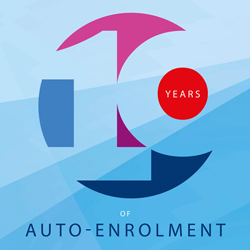Making progress on a long-term issue such as pensions policy sometimes does not sit well with a five-year political cycle. Happily, the introduction of automatic enrolment into workplace pensions has been an exception to that rule. The policy was formed under a Labour government in the early 2000s, went live during a Conservative / Lib Dem Coalition in 2012, and completed its first phase in a Conservative administration in 2019.
Although implementation was led by the DWP, no policy can survive without the buy-in of the Treasury. Getting AE up and running passed this test because the Treasury could see that without action it could face large bills for means-tested support for people in retirement. A steady decline in pension coverage in the private sector provided the ‘burning platform’ which helped AE to answer the two questions necessary for any policy to be adopted – ‘why this?’ and ‘why now?’.
Whilst the primary legislation for AE was already in place in 2010, it was far from a finished product. One of my first actions as minister for pensions was to establish an independent ‘making automatic enrolment work’ review, chaired by Paul Johnson of the Institute for Fiscal Studies. The review reported the same year and almost all of its recommendations were implemented.
One flaw with the design of AE was that workers had to be enrolled as soon as they earned above the lower earnings limit for National Insurance, with mandatory contributions applying from that level. Where someone happened to earn just one pound a year above the threshold, their employer would have to set up a pension for them and pay in one penny a year (based on the initial employer contribution of 1 per cent). There would have been a huge outcry from employers and the media the first time this happened, and the whole policy could have fallen into disrepute.

